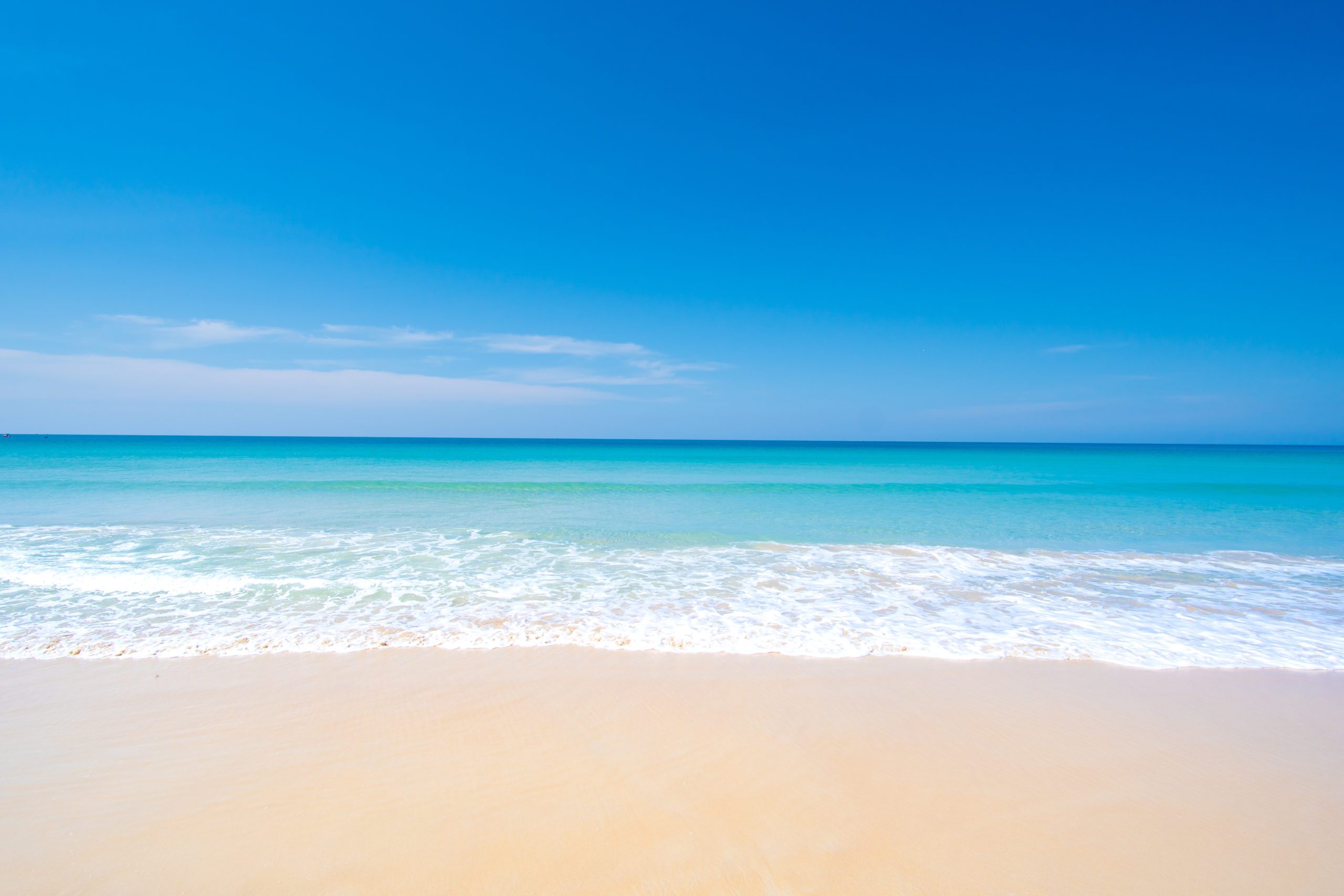
Researchers have advanced a brand new method to estimate the age of microplastics discovered within the higher oceans. The process comes to a mixture of inspecting plastic oxidation ranges with environmental elements similar to UV publicity and ambient temperature.
The workforce â from Kyushu College and Asahi Kasei Company â carried out their new technique to estimate the age of microplastics present in nearshore and offshore websites within the North Pacific Ocean. They discovered that the age of microplastics in nearshore areas ranged from 0 to five years outdated, while microplastics from offshore areas ranged from 1 to a few years outdated. Their findings have been revealed within the magazine, Marine Air pollution Bulletin.
In marine environments from lakes to oceans, plastics are essentially the most considerable form of pollutant. As plastic waste is uncovered to the weather they sooner or later spoil down and fragment. Plastic waste that has damaged all the way down to not up to 5 mm in duration are referred to as âmicroplastics.â
âMicroplastic air pollution is identified as an international drawback. In a prior find out about, we discovered that there are about 24 trillion grains of microplastics floating at the floor layer of the sea,â explains Professor Atsuhiko Isobe of Kyushu Collegeâs Analysis Institute for Carried out Mechanics, who led the find out about. âOn the other hand, there may be nonetheless little we find out about its results at the setting or to residing creatures. Some other giant query we’ve is how lengthy microplastics go with the flow during the ocean.â
To learn how outdated microplastics discovered within the ocean may also be, Isobe and his workforce started via investigating what metrics may well be used to measure microplastic age within the first position.
âThe commonest subject material in plastic is known as polyethylene. We all know that as polyethylene interacts with the surroundings it, oxidizes and degrades,â explains Rie Okubo, a researcher at Asahi Kasei Company and primary writer of the find out about. âThis degradation stage may also be measured the usage of the trade within the subject materialâs molecular weight and one thing referred to as the carbonyl index. Merely, when polyethylene degrades its carbonyl index will increase and molecular weight decreases.â
In fact, thatâs no longer sufficient. Since microplastics are being uncovered to the weather the workforce additionally had to standardize how temperature and UV radiation impacts plastic degradation. The workforce first carried out a chain of publicity experiments to polyethylene subject material and picked up information on how quite a lot of mixtures of UV and temperature affected the fabricâs molecular weight and carbonyl index.
The workforce discovered that UVERâultraviolet erythemal radiation, a size of UV radiation at floor stageâand seawater temperature have been the 2 greatest participants of plastic degradation.
âAfter we had this knowledge, we started to use it on our microplastic samples. All our samples got here from the higher ocean, as much as one meter from the water floor,â continues Okubo. âWe additionally gathered microplastics from a spread of spaces. Some samples have been gathered nearshore to Japan, starting from 10 to 80 km off the coast. Different samples have been gathered offshore, in the course of the North Pacific Ocean and Philippine Sea.â
Through inspecting the gathered microplastics, the workforce used to be in a position to estimate the age of each and every induvial pattern. They discovered that nearshore microplastics ranged from 0 to five years outdated, while offshore samples ranged from 1 to a few years outdated.
âWe hypothesize the explanation why nearshore microplastics vary from 0 to five years is as a result of they’re being steadily washed ashore and âsurvivingâ for an extended time. Offshore microplastics however take longer to achieve that a part of the sea, therefore why we didnât in finding microplastics over 3 years outdated,â Okubo explains. âThose offshore microplastics also are most likely got rid of from the higher oceans via settling deeper into the waters.â
The researchers hope that the brand new means will give them higher insights into how microplastics are generated and unfold within the setting. The information will even lend a hand in growing extra correct simulations to trace microplastics around the ocean.
Isobe concludes, âOur analysis and working out of microplastics remains to be very new, and because of this knowledge weâve won a little bit extra working out at the basic science of microplastics. Our subsequent step might be to research how mechanical stimuli like ocean waves and currents can degrade plastics, so we will be able to accumulate much more correct information.
###